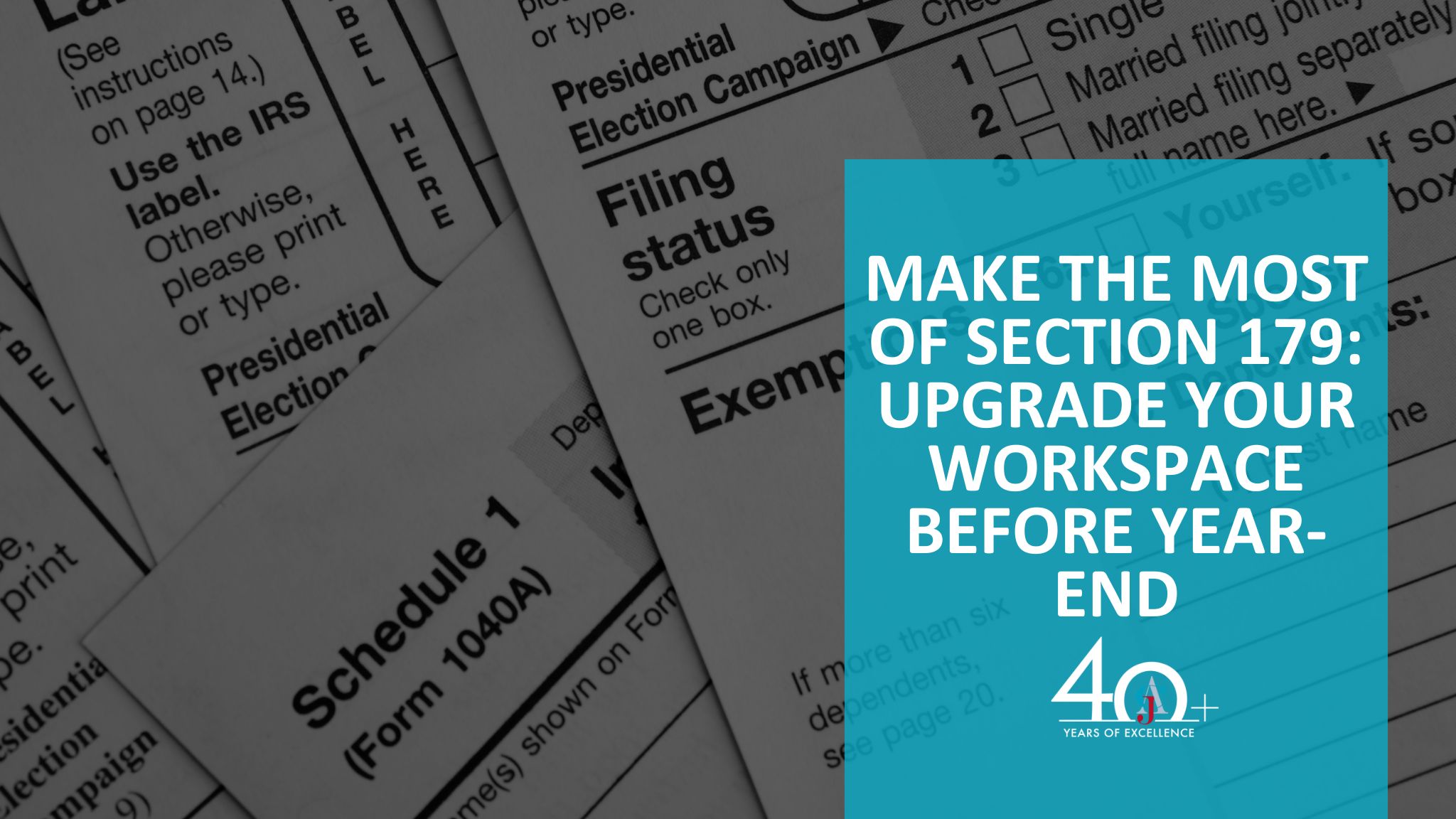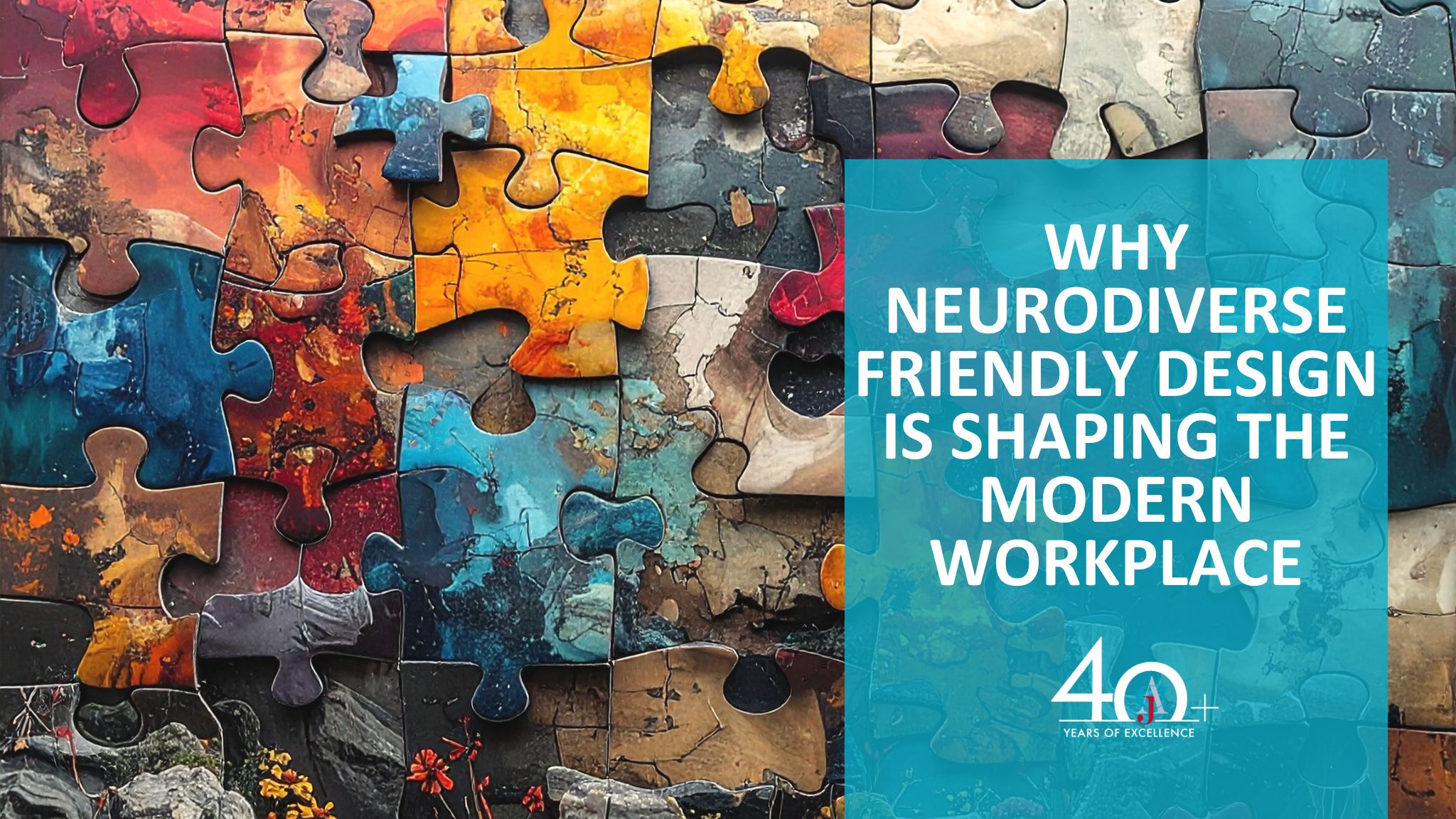There’s no denying today’s world is fast-paced and feels more demanding than ever. As a business owner, manager, or decision maker, you know that flexibility and adaptability are the keys to not just meeting but exceeding those demands. An adaptive workplace is one that not only supports your current needs but also anticipates future changes, growth, and evolution for a dynamic, resilient work environment. Implementing adaptive design principles can significantly impact productivity, employee satisfaction, and the overall performance of your business. Here’s how applying the right commercial design concepts can help you create the ideal adaptive workplace tailored to your ever-changing needs.
Understanding Adaptive Workplaces
An adaptive workplace is designed to be flexible and easily reconfigurable, ready to accommodate anything your team needs for energetic, collaborative work, focused solo work, and everything in between.
Key Commercial Design Elements of an Adaptive Workplace
- Flexible Furniture Systems: At the core of adaptive workplace concepts are flexible furniture systems that allow for quick and easy reconfiguration of desks, seating arrangements, and partitions. This adaptability ensures your work environment can be tailored to meet the specific needs of different teams and projects at the drop of a proverbial hat. Investing in flexible furniture enables a dynamic workspace capable of growing and changing with your business and its unique needs.
- Height Adjustable Desks: Height adjustable desks have become a staple in modern office and workplace design. They allow your team members to switch between sitting and standing throughout the day to promote better posture while reducing the discomfort and risk of health complications associated with prolonged sitting. This flexibility improves employee well-being and boosts productivity by allowing employees to choose the most comfortable, least distracting position for any task.
- Modular Seating: Modular seating arrangements are a vital component of a truly adaptive workplace. Think versatile seating options that can easily be reconfigured to support a variety of activities, from team meetings to individual work. Modular furniture gives your employees the freedom to create their own ideal work environment for enhanced comfort and efficiency.
- Integrated Technology: Incorporating the latest and most advanced technology into office design is vital to creating an adaptive workplace. Smart furniture, like desks with built-in charging stations and conference tables with integrated AV equipment, supports seamless collaboration and effortless communication. These enhanced pieces ensure your workspace can keep up with the myriad demands of a digital-first world.
- Biophilic Design: Incorporating natural elements into the workspace by embracing biophilic design has been linked to better productivity, enhanced employee well-being, and improved cognitive performance, not to mention reduced stress levels. Making room for plants, natural light, and natural materials like wood and stone can all help to create a calming, inspiring environment.
- Efficient Space Utilization: Time is money, but so is commercial space. An adaptive workplace makes the most of every square foot by designing spaces that serve multiple functions. Consider convertible meeting rooms and breakout areas that double workstations, for example. You can maximize your usable space while ensuring your workplace remains flexible and capable of accommodating changing needs without requiring extensive renovations.
The Benefits of an Adaptive Workplace
Creating an adaptive workplace offers a host of benefits. When employees are empowered to choose the most suitable environment for their tasks, they’re equipped for higher efficiency and better output. When flexible spaces encourage teamwork and spontaneous interaction, the building itself lends a hand in fostering innovation and creativity.
Integrating things like ergonomic furniture and biophilic design are excellent ways to contribute not only to better physical and mental health for your team members but also to a more comfortable and aesthetically pleasing space for visitors, vendors, and clients.
It’s wise not to underestimate the power of future-proofing, either. An adaptive workplace can adjust to new technologies as quickly as it adjusts to dynamic workflow demands. When your design supports growth and long-term sustainability, it’s an investment in your company’s present and future.
Bringing it All Together
Investing in an adaptive workplace is a strategic move that can lead to significant improvements in productivity, employee satisfaction, and overall business performance. By incorporating flexible furniture, ergonomic solutions, evolving technology, and natural elements, you can create a workspace that exceeds current needs while remaining poised for future changes.
Are you ready to transform your office into an adaptive workplace? Contact CJ & Associates today to create a space that grows, changes, and adjusts with your business.








